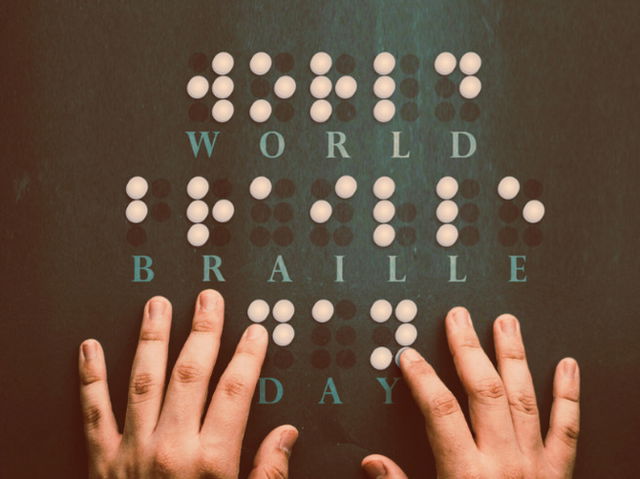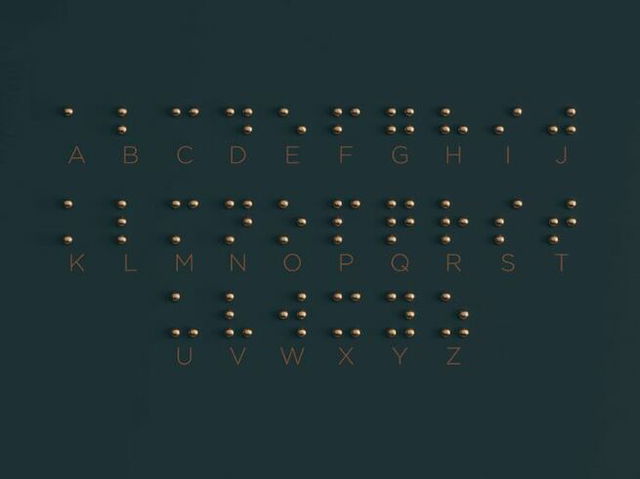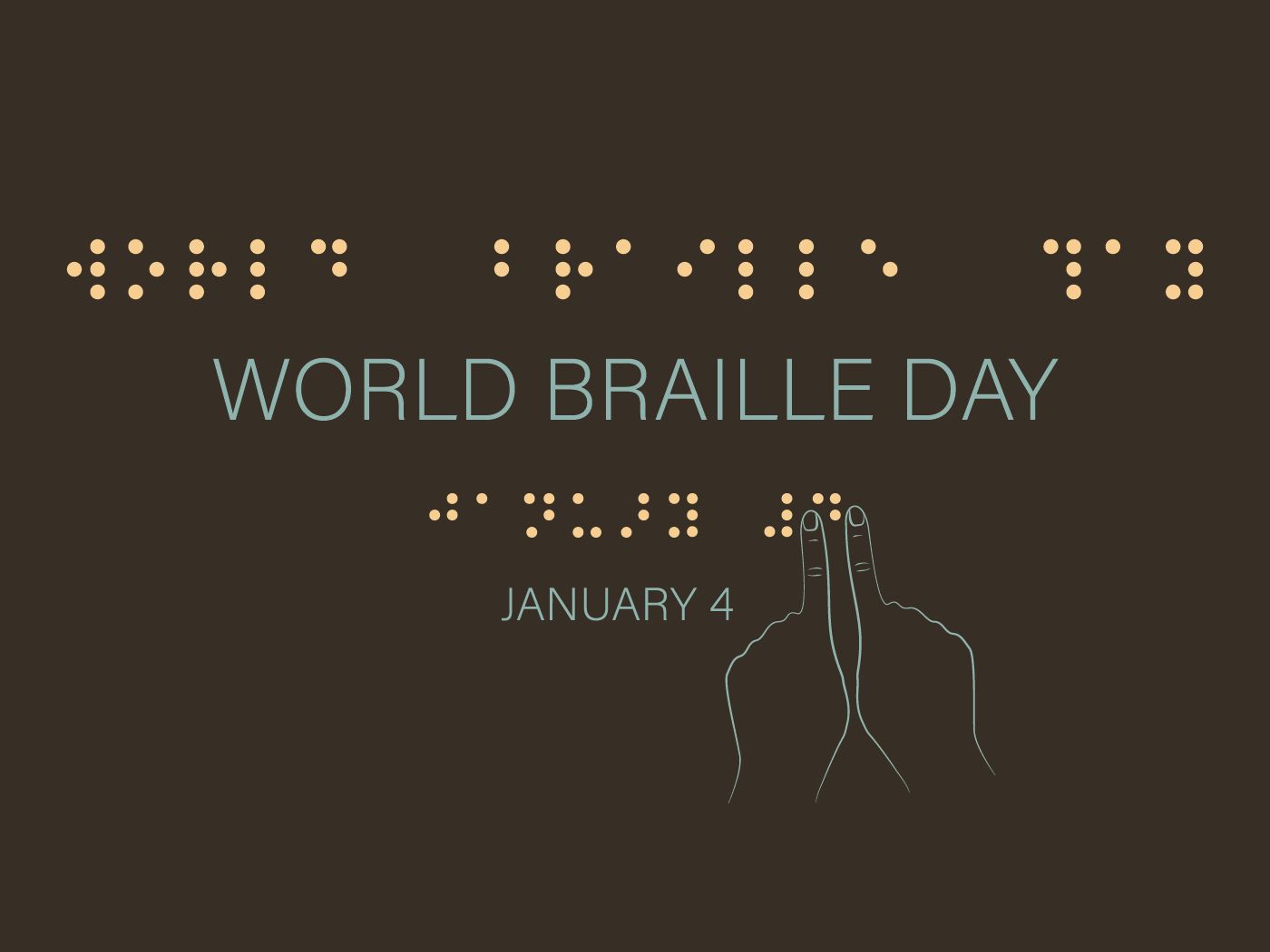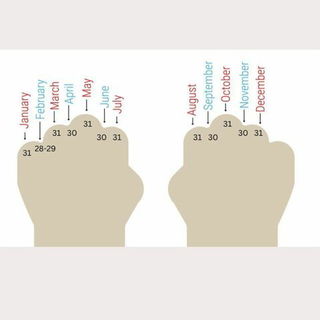- Calendar
- Calendar 2026
- January
- World Braille Day
World Braille Day
World Braille Day is observed annually on January 4th to raise awareness about the importance of Braille.
It honors the power of braille to bring literacy, independence, and inclusion to people who are blind or visually impaired.
The day reminds us how important it is that everyone, irrespective of their limitations, should have access to basic education.
Braille helped millions of people around the world participate in society in full-fledged form.

What Is Braille?
Braille is a tactile writing system used by people who are blind or visually impaired. It consists of a series of raised dots that are felt with the fingers. Each character in braille is represented by a cell made up of six dots, arranged in a 2×3 grid. Different combinations of these dots represent letters, numbers, punctuation marks, and even entire words.
Invented by Louis Braille in the 1820s, the system allows readers to interpret text through touch rather than sight. Braille can be used to read books, navigate signs, and access labels on everyday items, making it a crucial tool for literacy and independence for those with visual impairments.
Origin of Braille Day
This observance was created by the United Nations General Assembly in November 2018 to raise awareness about the significance of Braille.
This date also honors the birthday of Louis Braille, who was the French inventor of the Braille system.
History of Braille
Braille's story started very early in the 19th century with a Frenchman, Louis Braille, who revolutionized reading and writing for the visually impaired.
Louis lost his eyesight as a child and got inspired by Charles Barbier's “night writing” which is a 12-dot tactile system for soldiers to communicate in darkness. However, Barbier’s system was complex and difficult to read, particularly for blind individuals, as it relied on phonetics rather than standard letters.
Braille adapted Barbier's concept at just 15 years old and created a simpler system with six dots per cell.
This technology allowed each character to be read under a single fingertip, which allowed faster reading. He assigned each cell to a letter or a symbol, creating a full alphabet, numbers, and punctuation system, making it possible for the visually impaired to read and write with ease.
Initially resisted by educators, Braille’s system gradually gained acceptance and became widely adopted after his death.
As Braille spread internationally, it was adapted to various languages, enabling visually impaired individuals worldwide to read in their native tongues. In English-speaking countries, multiple Braille codes were standardized into Unified English Braille (UEB) in the 1990s, simplifying education and publishing.
With technological advancements, an eight-dot Braille system was later introduced to represent complex symbols used in math and science.

How to Observe World Braille Day
World Braille Day can be observed in many meaningful ways to support the blind community. One way is to learn about Braille and its profound impact.
Take the time to explore a Braille book or familiarize yourself with the basics of the Braille system. This can help deepen your understanding of the tool that has empowered millions.
Supporting organizations dedicated to people with visual impairments is another important way to observe the day. You can donate or volunteer with groups that focus on Braille education, technology, and advocacy.
Raising awareness is also key, use your social media platforms to share information about Braille, its inventor Louis Braille, and how it helps individuals who are blind or visually impaired.
Ultimately, World Braille Day serves as a reminder that accessibility is essential in all areas of life. By observing the day through education, support, and awareness, we contribute to a more inclusive society where everyone has access to the same opportunities, regardless of visual ability.

Other Celebrations
-
Feb 13 Thu
-
Apr 03 Thu
-
Apr 07 Mon
-
Apr 18 Fri
-
Nov 17 Mon
-
Jan 17 Sat

World Braille Day - Next years
Monday, 04 January 2027
Tuesday, 04 January 2028
Thursday, 04 January 2029










